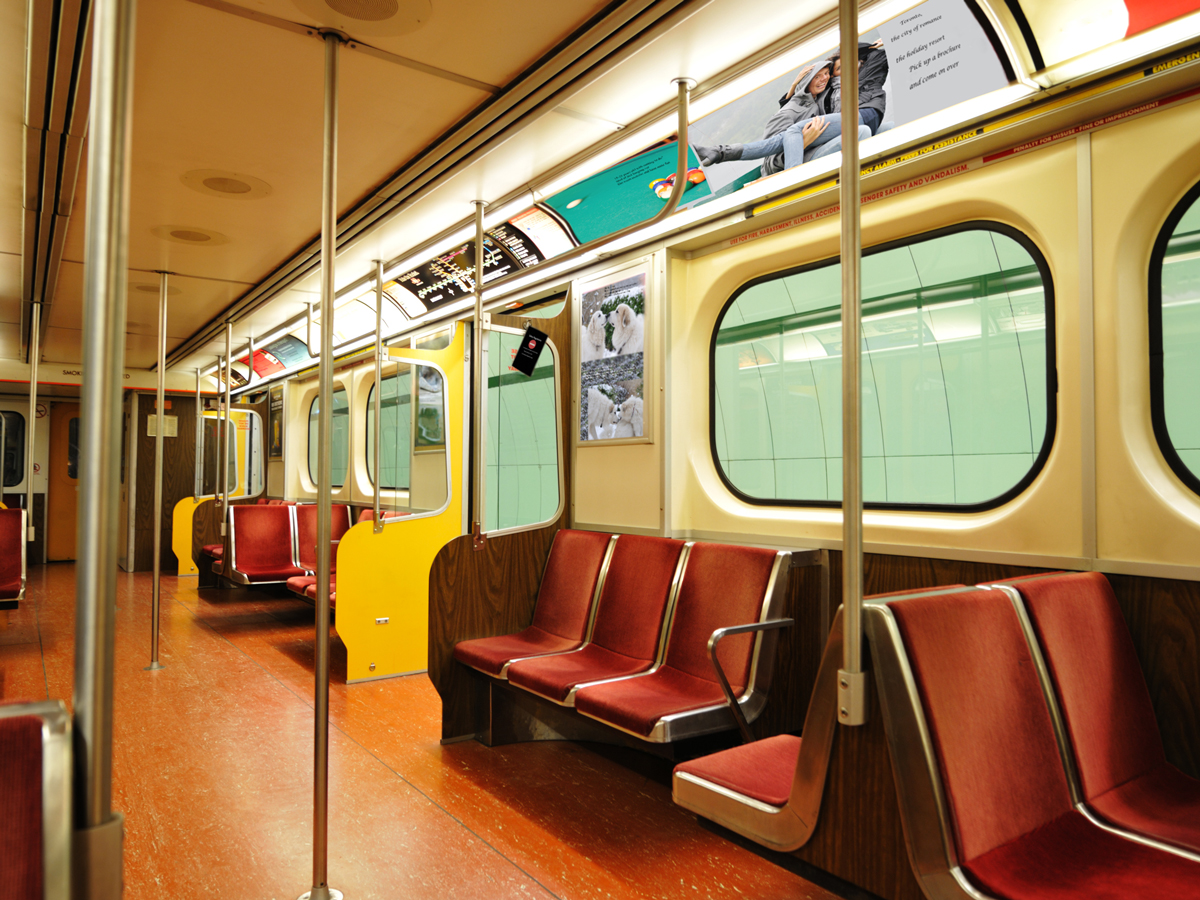
Free public transit? It’s likely not happening any time soon
 The public transit industry has been struggling since the pandemic, with declining ridership and revenues across Canada. (Getty/ jeangill)
The public transit industry has been struggling since the pandemic, with declining ridership and revenues across Canada. (Getty/ jeangill)
Montreal recently launched its Réseau express métropolitain (REM), a light-rail rapid transit system linking the city’s southern suburbs to the downtown core. The project is the result of a partnership between an institutional investor (Caisse de dépôt et placement du Québec) and the Quebec government, with a financial contribution from Hydro-Québec, a Crown corporation. This type of alliance has yet to prove its worth, but it shows that public transport projects can be designed differently.
A struggling industry
However, this launch comes at a difficult time for public transport. Since the pandemic, the number of urban public transit trips in Canada has fallen by 20 per cent, and even by 30 per cent per person if we factor in population growth. The result is a 13 per cent drop in revenues between June 2019 and June 2023, while expenses, due to inflation, have risen by 15 per cent over the same period.
With declining ridership, user contributions to transit budgets have also fallen, accounting for just over 25 per cent of revenues in Vancouver and Montreal. Only Toronto has managed to stabilize this contribution at 40 per cent, and then only by increasing fares at a rate of 35 per cent above inflation over 35 years.
These financial challenges have an impact on the sustainability of public transit systems. Indeed, when balancing the budget requires cutting expenses, it generally means reducing services. At the same time, users are very sensitive to service quality, and industry representatives are well aware of the risk of falling into a “death spiral.”
While some are looking forward to a return to normalcy, sadly, I do not share their hope. Hybrid and remote working is well established, and despite strong population growth in major cities, mainly due to immigration, we are not seeing a surge in the use of public transport. We have to get used to the new normal: it seems to be here to stay.
“With hybrid working and only a few days in the office, a monthly transit pass is often no longer necessary. In Montreal, it takes 26 trips to make it worthwhile. In Vancouver, it’s 33 trips, and in Toronto, it’s a whopping 47”
With hybrid working and only a few days in the office, a monthly transit pass is often no longer necessary. In Montreal, it takes 26 trips to make it worthwhile. In Vancouver, it’s 33 trips, and in Toronto, it’s a whopping 47. What’s more, without a monthly pass, many people further reduce their use of public transit for non-work trips.
Is fare-free public transit a viable solution?
Against this backdrop, the status quo when it comes to funding public transit is no longer tenable. We need to rethink our approach, and fare-free public transit, an idea that seemed far-fetched a few years ago, has been gaining ground since the pandemic. This past summer, Montreal made public transit fare-free for those over 65, and many U.S. cities, including Boston and New York, are beginning to do the same or test the idea. Meanwhile, free public transport is commonplace in many European centres. When it comes to weighing the pros and cons, how should we determine where we stand? Perhaps the additional costs of increased ridership would be offset by the efficiency gains of not charging fare at boarding (taking into account the lack of revenue, of course). It’s hard to say.
In any case, we can rethink the allocation of resources. Let’s imagine for a moment that the money spent on labour (inspectors, for example) and infrastructure (payment terminals, for example) to ensure that users pay their fare were instead used to address homelessness, addiction and mental health issues. In concrete terms, this would also mean that in Toronto, the 1,800 monthly interventions by fare inspectors would be replaced indefinitely by social interventions. These actions could have a significant impact on the attractiveness of public transit, which remains a barrier for some in 2023.
Moreover, fare-free public transit would significantly improve mobility for the greatest number of people, as currently certain segments of the population are over-represented in terms of ridership, such as racialized groups (3.7 times), immigrants (2.8 times more), young people (1.7 times), people with lower income (1.7 times) and women (1.6 times).
No one knows to what extent free public transit and more bike lanes would reduce traffic congestion, but I would choose the carrot over the stick, especially if we make it a project that we can all get behind.
MORE FROM DAVID-ALEXANDRE BRASSARD
Read more from CPA Canada’s chief economist, including reasons why Generation Z and millennials are finding it more difficult to accumulate wealth than their baby boomer parents did, and why boosting immigration to grow the economy comes with challenges.